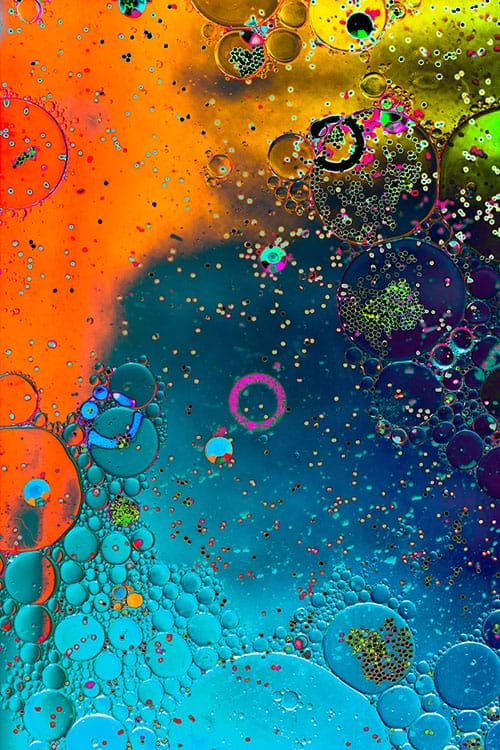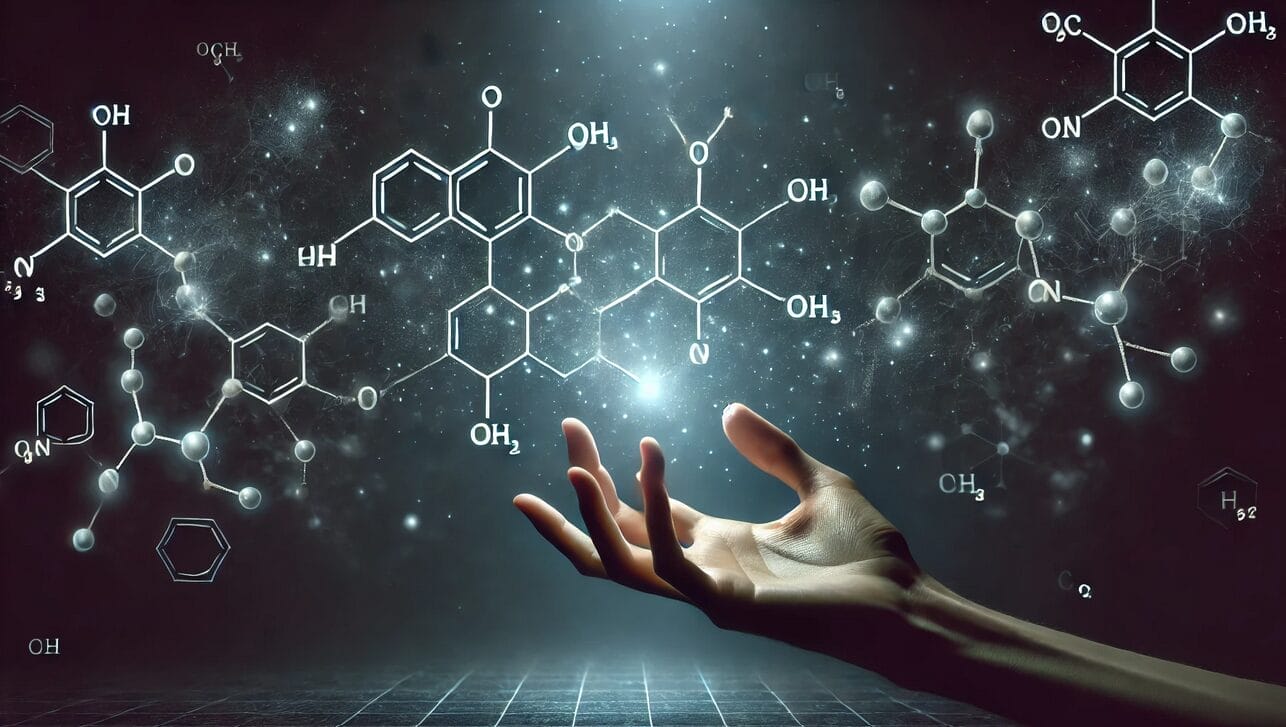
Software SE
Determination of Surface Energy using the IGC Software.


Determination of Surface Energy using the IGC Software.



Inverse Gas Chromatography (iGC) is a commonly used technique to characterize solid surfaces. Different physicochemical properties of solid materials that can be determined with iGC including surface energy, Lewis acid and base constants and therefore the specific pair interaction parameter (Ka, Kb, Isp), solubility parameter (δT, δD, δP, δH), glass transition temperature (Tg), Work of Cohesion and Adhesion (Wcoh, Wadh) and so on. The importance of surface energies is well-known and proved by many scientific papers in the case of composites. The Surface Energy Analyzer (SEA) is the new generation of inverse gas chromatography instrumentation, which would allow all the mentioned properties to be measured directly and automatically with its unique injection system and software.
Solubility parameters are directly related to the cohesive energy density of a material. The latter is a measure of the strength of interaction between molecules or atoms, therefore, solubility parameters are related to stability and other physical properties. Inverse Gas Chromatography provides a fast and reliable route for the measurement of these parameters.
Water is commonly considered as the optimal dispersing medium for nanocellulose given its hydrophilic nature. However, studies have also proven otherwise that alternative organic solvents may give better dispersion quality. Herein, a thermodynamic approach is used to estimate the Hansen solubility parameters of bacterial cellulose (BC) and understand the dispersion of BC bundles in selected organic solvents (i.e. ethyl acetate, acetone and ethanol-water mixtures). The correlation between the BC bundle dispersion from different solvents and the aerosol particulate filtration performance of the resultant BC coated woven fabric is also presented. It is discovered that the best dispersion was achieved in a 60% ethanol-water mixture, resulting in enhanced aerosol particulate filtration performance. At a BC coating grammage of 0.5 g m-2, the filtration efficiency exceeded 80%, outperforming BC coating from water dispersion. These findings highlight the potential of understanding nanocellulose dispersion from a solubility parameter approach.
Joanne Lia, Yee Shuen Chama, Anett Kondorb, Eero Kontturic, Corinne Stoned, Mike Dennisd and Koon-Yang Leea,e*
a. Department of Aeronautics, Imperial College London, South Kensington campus, London, SW7 2AZ, United Kingdom
b. Surface Measurement Systems Ltd., London, HA0 4PE, United Kingdom
c. Department of Bioproducts and Biosystems, School of Chemical Engineering, Aalto University, FI-00076 Aalto, Finland
d. Defence Science and Technology Laboratory, Porton Down, Salisbury, Wiltshire, SP4 0JQ, United Kingdom
e. Institute for Molecular Science and Engineering (IMSE), Imperial College London, SW7 2AZ, United Kingdom
This study investigates the efficiency of zeolite 13X in capturing CO₂ and toluene, a representative volatile organic compound (VOC), under realistic environmental conditions. Zeolite 13X is widely recognized for its high surface area and selective adsorption properties, making it a promising candidate for air purification and carbon capture applications. The study assesses the material’s adsorption capacity and reusability in conditions that mimic practical applications, including varying temperatures, humidity levels, and gas concentrations. Results indicate that zeolite 13X exhibits a high adsorption capacity for both CO₂ and toluene under dry conditions; however, this capacity becomes negligible under wet conditions due to the material’s strong hydrophilicity, which leads to preferential adsorption of water molecules. Regeneration tests further demonstrate the material’s durability and potential for repeated use, with minimal loss in adsorption capacity after multiple cycles. These findings underscore the importance of evaluating gas capture performance under realistic conditions to accurately assess the material’s practical viability and optimize its application in air purification and carbon capture technologies.